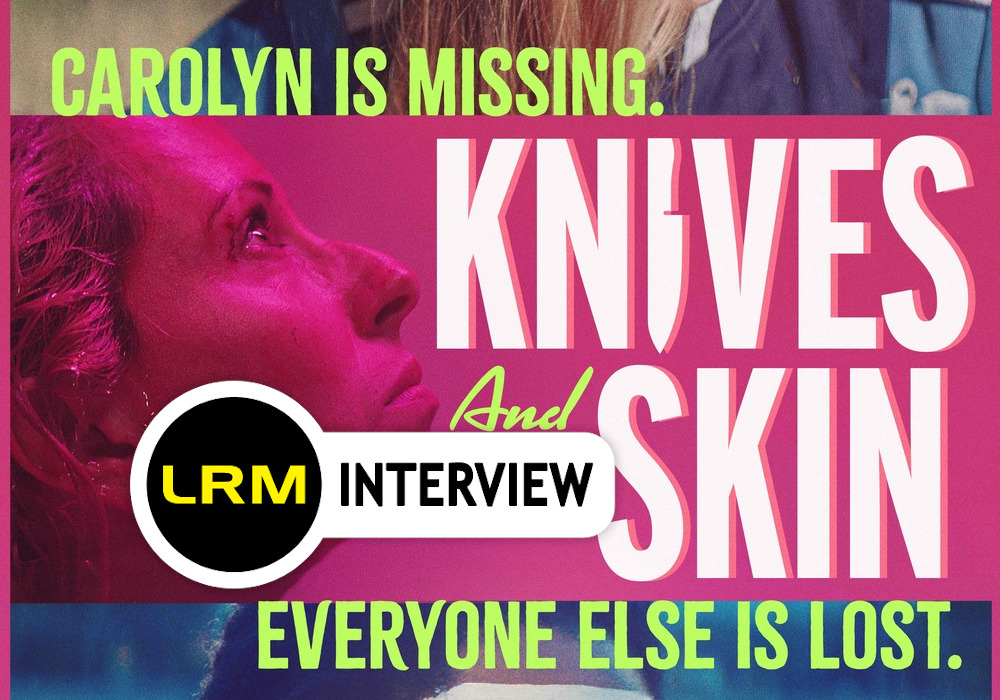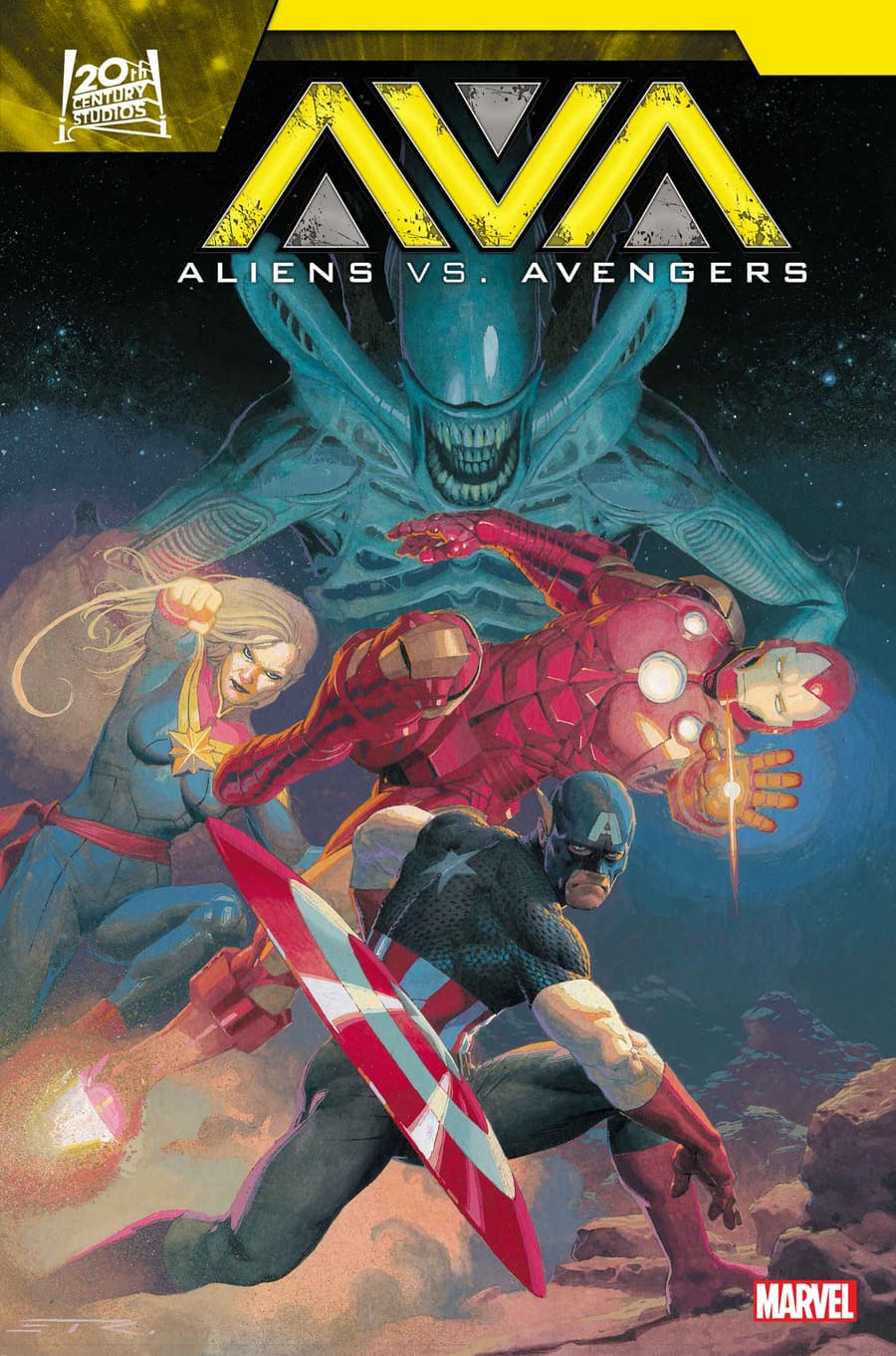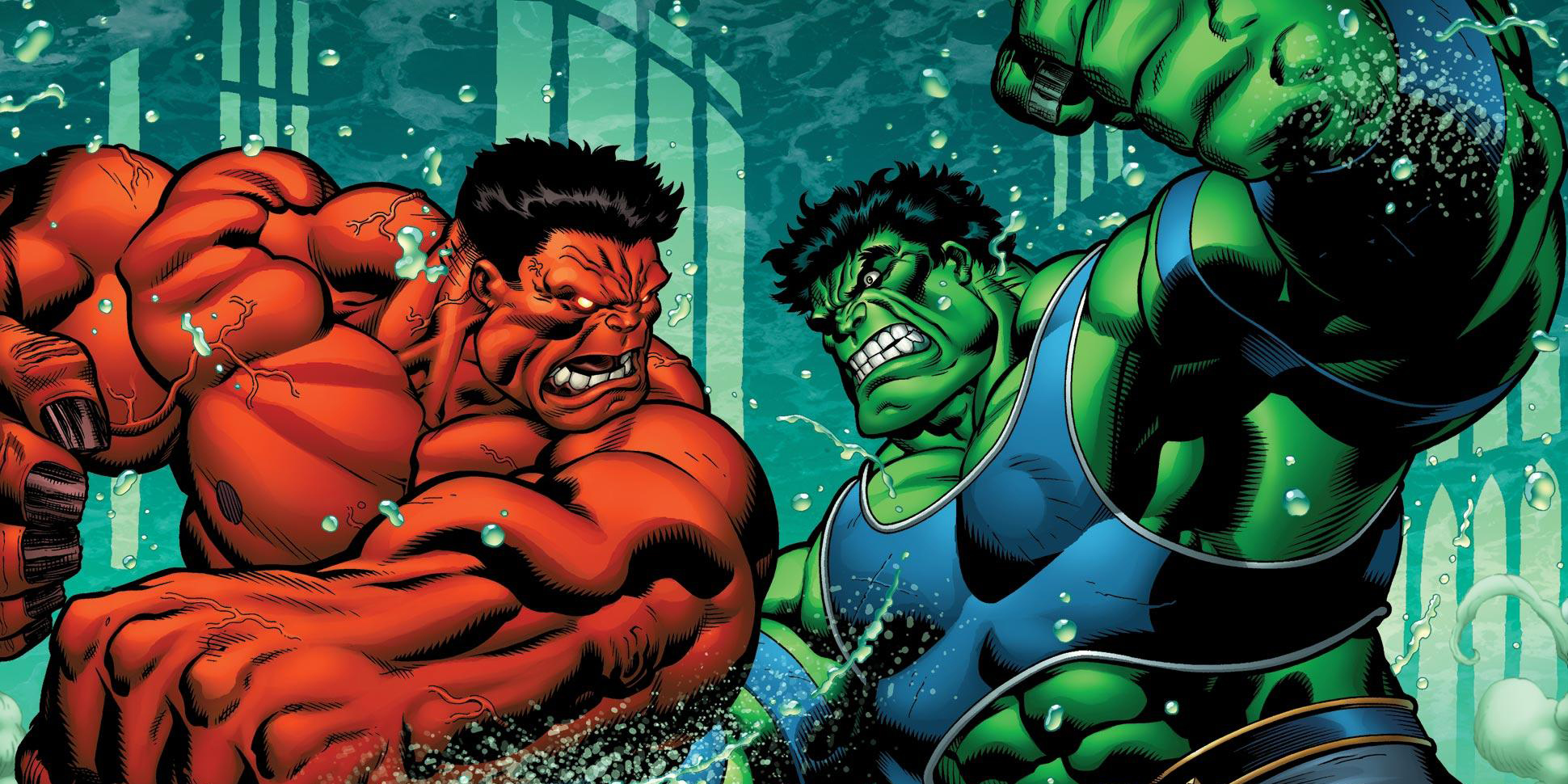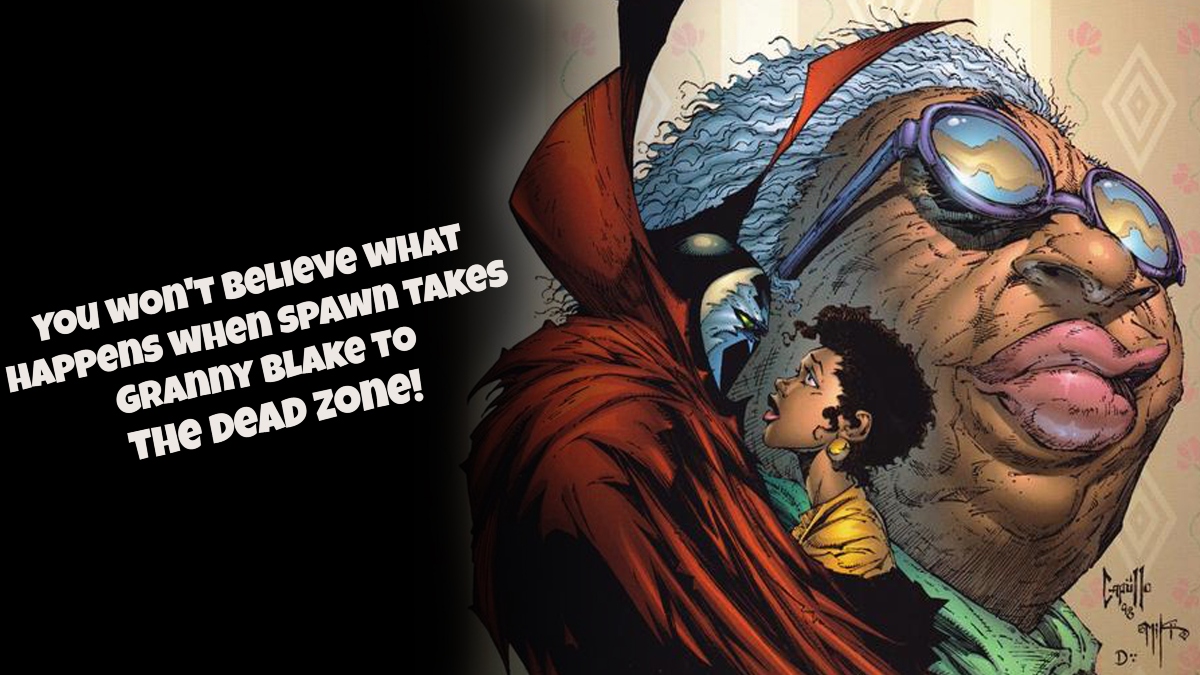
LRM Online: Thanks for taking the time to speak to me. I watched your film last night and was pretty taken with it. I enjoyed it a lot.
Jennifer Reeder: Oh good.
LRM: I would say it’s like nothing I’ve never seen before.
JR: Well that’s good to know. For better or for worse.
LRM: Definitely not in a bad way. I was wondering where this specific idea originated? Was it the teen experience that struck you, that made you want to make this film?
JR: So yeah, I’ve made a bunch of short films leading up to Knives and Skin that have all been about the experiences of girls and women and kind of considered coming of age as a lifelong process. I have oftentimes combined teenagers who are kind of self-possessed and self-aware in combination with adults who are really in the middle of a midlife crisis, for lack of a better term. But with Knives and Skin in particular, the script kind of spiraled out from something very visual. Right now I live in the Northwest tip of Indiana. My mom was in Ohio. I drive home to see her quite often, and there was at the moment driving through rural Ohio, along a two-lane road and sort of imagining a group of kind of goth punk girls walking to school along this rural two-lane road and sort of imagining how visually that’s an interesting kind of dichotomy. Young women who don’t quite fit into their landscape and how that seemed like a really interesting metaphor for just being a teenager in a small town.
And the way that I’ve always written other scripts too, is usually starting with something visual like that. And then the script kind of spirals out from there where I start asking myself questions. Like who are these girls and what’s about to happen to them that will change their lives forever? Obviously, there’s the disappearance of one of their peers, so that’s really where it came from. It’s definitely the case that even though I’m very particular about the dialogue that I write and I don’t let my actors improvise, the production design for this film, the visual language for this film was just as important as the dialogue in terms of storytelling.
LRM: Did you have any particular influences on the look that you’re talking about? I’ve seen it commented on in other reviews is a certain resemblance to Twin Peaks. Was that something that you referenced or were there other works of art that inspired you?
JR: Sure. I definitely have been a David Lynch fan for a long time, and I would say my particular influence was more Blue Velvet or Lost Highway, more so than Twin Peaks necessarily. Although obviously since Twin Peaks is also about a small town where a girl goes missing and where the whole town is in a way like a character of the film. That’s not lost on me, and I’ve long been a fan of the David Lynch and the way he sometimes suggests that small town America is the portal to the fourth dimension. I appreciate that. And I appreciate his visual storytelling and the way that he’s not afraid to kind of lean into surrealism or the kind of mystical aspects of everyday life. When I was having conversations with my cinematographer, my gaffer, I said that I really wanted the whole thing to feel like it was always vibrating with some sort of girl power energy or some femme energy. So I was like, “I want magentas, and violets, and cyan”.
I want the film to be really colorful and to, in terms of that kind of color palette, to be hovering just above reality. We looked at the cinematography of Robby Mueller, who’s not really a genre cinematographer, but his palette is also really colorful. And then we looked at fine art photographers like Gregory Crewdson and Todd Hido. Both of them use this very interesting kind of unknown colored light sources that just kind of make the framing just feel a little eerie. I mean knowing that there are things happening outside the frame, just outside of what you can see, knowing there are elements that are unknowable or unknown in terms of the visual language kind of adds to this thriller element of the film without really being too on the nose.

LRM: It’s was kind of like a heightened suburbia. It’s taking what’s real and then kind of like just stepping it up a notch. You were talking about being from the Midwest, and that spoke to me having grown up in Pennsylvania. For me, it could have been Ohio, Indiana, Illinois, anywhere in there. Small towns, especially Midwest, are the same no matter what state you’re in.
JR: I’ll say this really quickly. I call Knives and Skin a Midwestern Gothic teen noir. So yeah, that aspect of the Midwest is deep.
LRM: Just as important as the mystery or the noir elements or what have you.
JR: Yes.
LRM: There’s definitely a kind of pervasive girl power element. But another thing I noticed was the diversity of the cast. I was wondering how important that was to you when it came time to cast the movie? Were these characters written with any particular ethnicity? How did you go about the casting? Because it’s more reflective of real-life than most teen movies are normally where it’s just a lily-white cast and it’s very homogenous.
JR: Right. On the one hand I wanted the film in terms of the casting to reflect authenticity. It looks like where I grew up, it looks like where I live right now and I knew that I wanted to make a film that was about a small town that featured lots of people of color, because there are so many.There are films that are made with a largely people of color cast, and so many of those films are city films, or urban films, which is a kind of a stupid term. When in reality, the country is littered with small towns that are full of very diverse people. So, I knew that I wanted to have a really inclusive cast. The only character that I identified from the beginning racially was Charlotte, who’s the main kind of goth punk girl. I just wanted to recognize this goth punk girl of color who was also a nerd and who was in a band. Just give her lots and lots of dimension so that the version of her in real life could watch Knives and Skin and feel like, “Oh finally, I’m being represented in a film.”

And then the other cast members, I mean we just really cast a really wide net. We made a wide call, and so the cheerleader was open. When I saw Kayla Carter, who came in to audition for the cheerleader, I was like, “That’s it! She looks like a doll.” That has to be my cheerleader, and then I wanted her, that character, to fall in love with another African American girl. Seeing that on screen will be really important, and then when we cast her, it was important to figure out who her brother was, who her parents were. It just becomes this kind of casting puzzle where you want the families to feel like they belong together. But yeah, the only one I knew it was who I wanted in particular was Charlotte and then everybody else kind of fell into place. But I knew that there would always be a really inclusive cast and there was lots of inclusivity behind the camera too. I feel like that’s important to point out, that we had a lot of women behind the camera, LGBTQ crew behind the camera. A lot of people of color behind the camera. There was a lot of inclusivity on set, and I think it made a big impact in general.
LRM: That’s great. And where did you guys film the movie?
JR: We shot in and around Chicago. We shot the interiors of houses in Melrose Park, in Jefferson Park, which is in the North Side of Chicago. And we shot at Taft High School, which is also North Side Chicago. Very coincidentally, the movie Grease is supposed to take place there or the guy who went to Taft High School’s own high school experience inspired Grease, which was just a coincidence. We didn’t know that going in, but it was a cool thing that it’s an actual high school that was a big part of a very other kind of famous teen musical. And then we shot all the exteriors in Lemont, Illinois, which is about 30 miles South of Chicago. It’s a small town with a refinery and a quarry. It’s kind of the perfect real life example of exactly the town that’s portrayed in the film.
LRM: That’s cool. Was it hard to find a quarry that worked for the film? Or a town with one, since that was featured in the film?
JR: Well, for a long time it was just a body of water. It wasn’t specifically a quarry, but then when we found that quarry. That’s all even more interesting, because of course, where I grew up in Ohio, there was a quarry. Kids would sneak away and go swimming, even though swimming in quarries is very dangerous. It’s a real particular kind of human made body of water, which also just felt like an interesting aspect of the story. The one we found was great.
LRM: Well, thanks for talking to me, and I wanted to wish you well with the release.
JR: Oh, great. Yeah. Thanks.
Let us know what you think about the directors words in the comments below!
Don’t forget to share this post on your Facebook wall and with your Twitter followers! Just hit the buttons on the top of this page.
—–
Have you checked out LRM Online’s official podcast feed yet The LRM Online Podcast Network, which includes our flagship podcast Los Fanboys, our premiere podcast Breaking Geek Radio: The Podcast, and our morning show LRMornings? Check it out by listening below. It’s also available on all your favorite podcast apps!
Subscribe on: Apple Podcasts | Spotify | SoundCloud | Stitcher | Google Play
Source: LRM

 FOR FANBOYS, BY FANBOYS
Have you checked out LRM Online’s official podcasts and videos on The Genreverse Podcast Network? Available on YouTube and all your favorite podcast apps, This multimedia empire includes The Daily CoG, Breaking Geek Radio: The Podcast, GeekScholars Movie News, Anime-Versal Review Podcast, and our Star Wars dedicated podcast The Cantina. Check it out by listening on all your favorite podcast apps, or watching on YouTube!
Subscribe on: Apple Podcasts | Spotify | SoundCloud | Stitcher | Google Play
FOR FANBOYS, BY FANBOYS
Have you checked out LRM Online’s official podcasts and videos on The Genreverse Podcast Network? Available on YouTube and all your favorite podcast apps, This multimedia empire includes The Daily CoG, Breaking Geek Radio: The Podcast, GeekScholars Movie News, Anime-Versal Review Podcast, and our Star Wars dedicated podcast The Cantina. Check it out by listening on all your favorite podcast apps, or watching on YouTube!
Subscribe on: Apple Podcasts | Spotify | SoundCloud | Stitcher | Google Play




